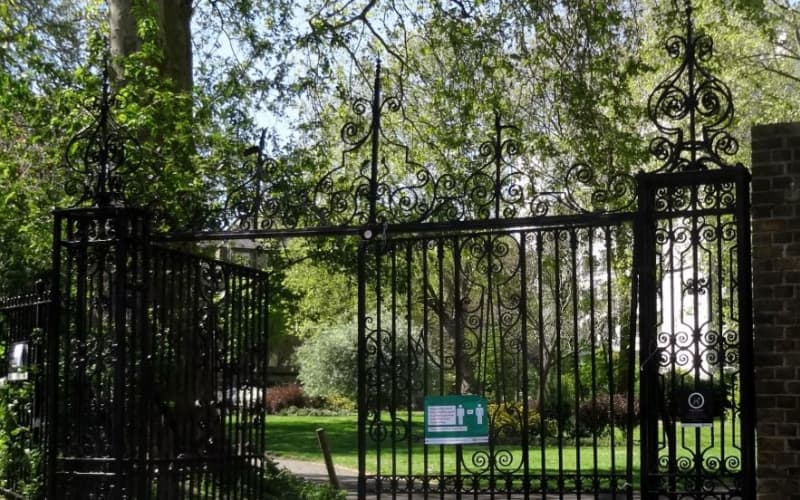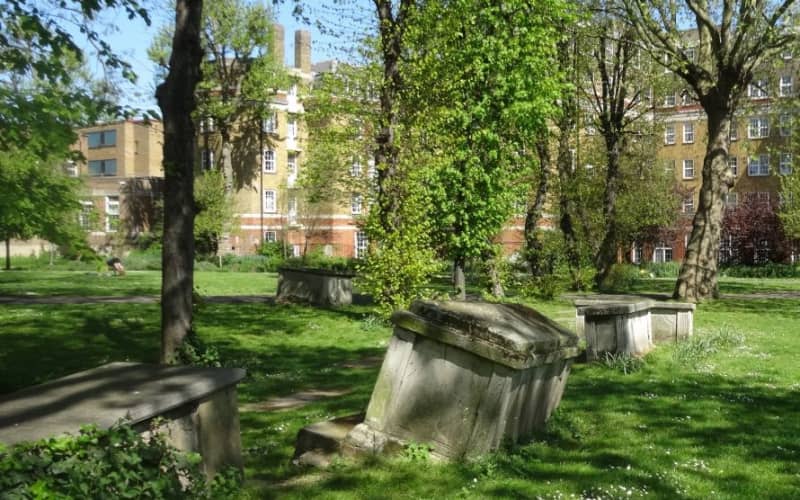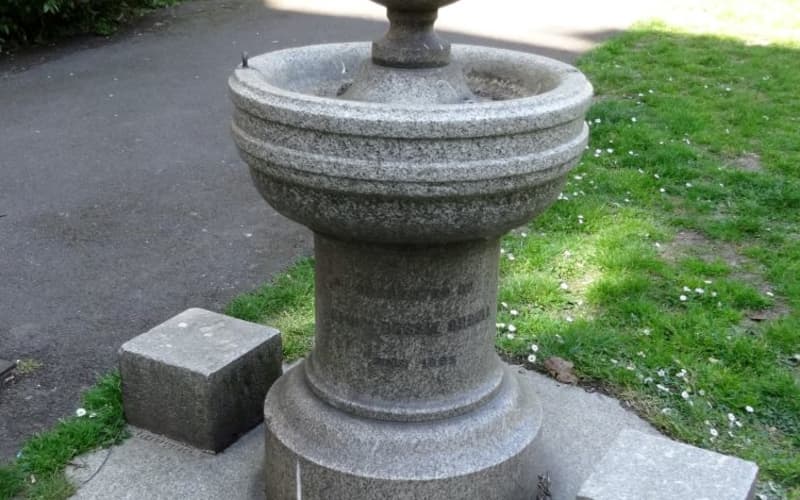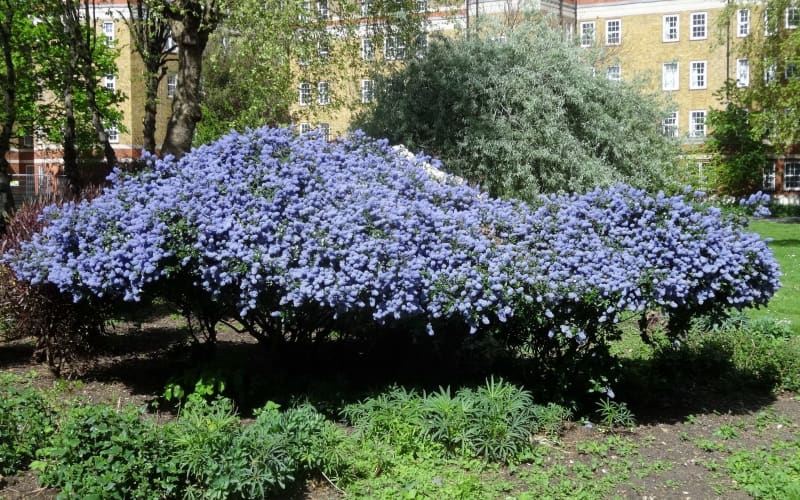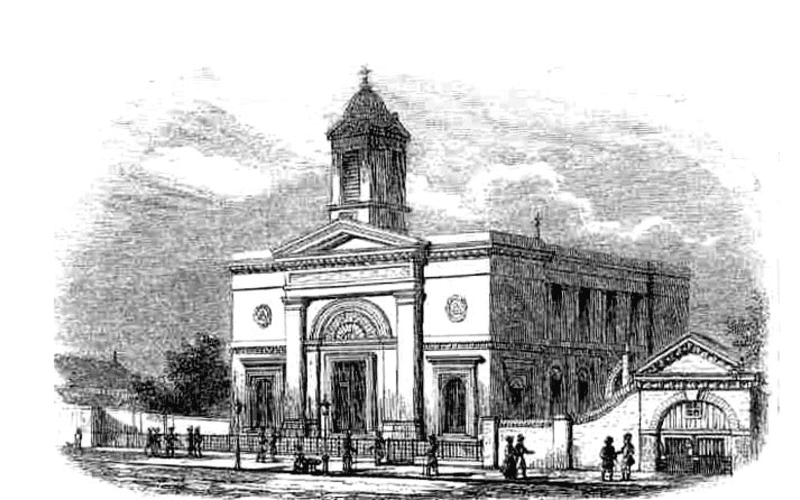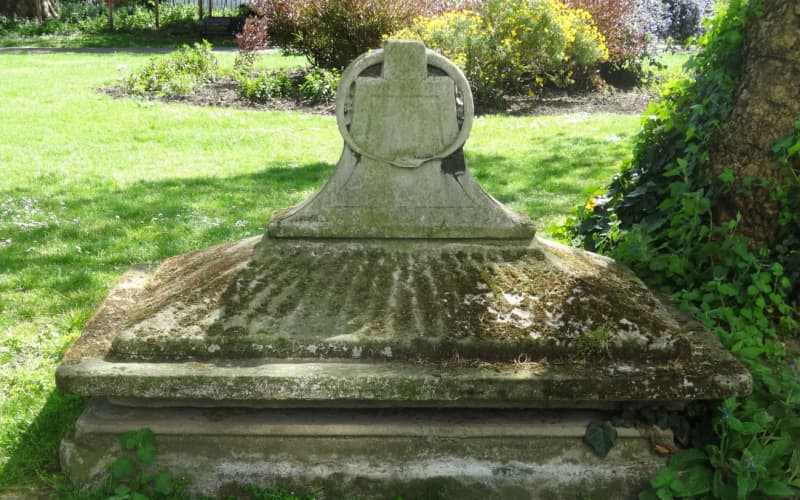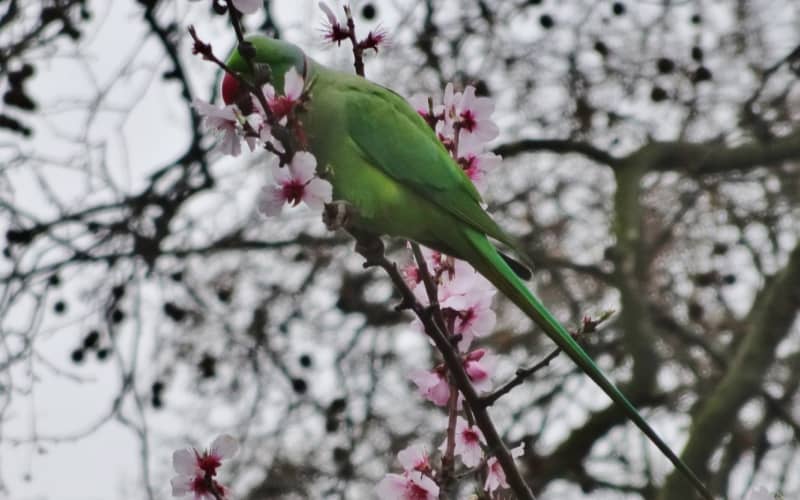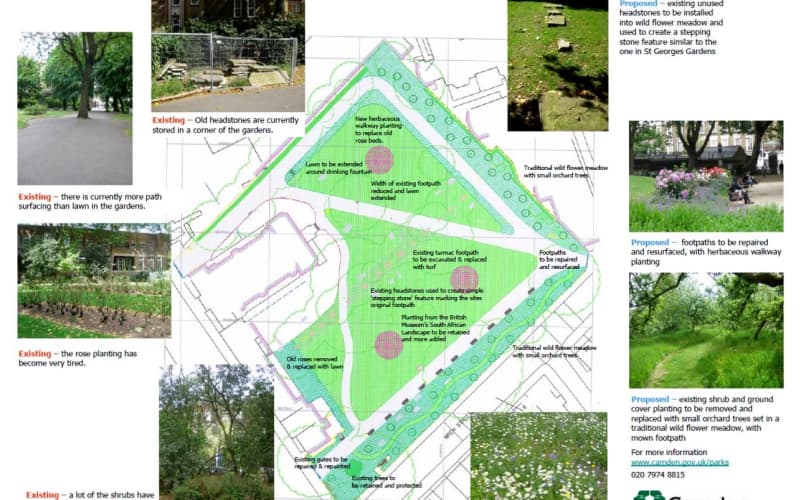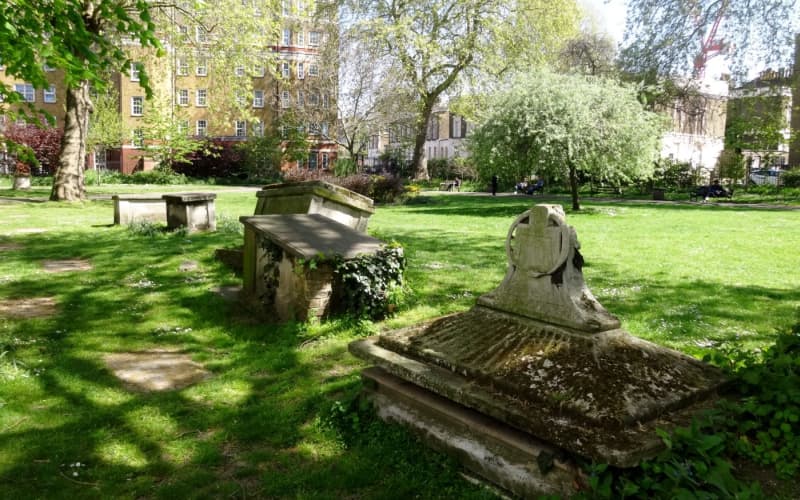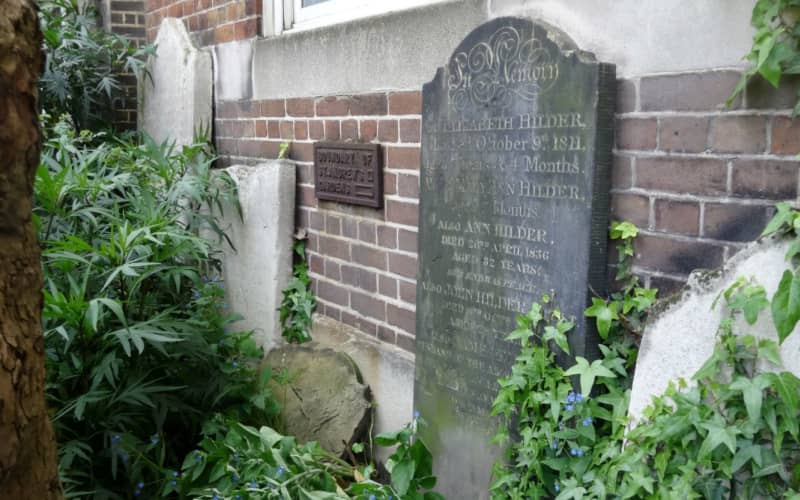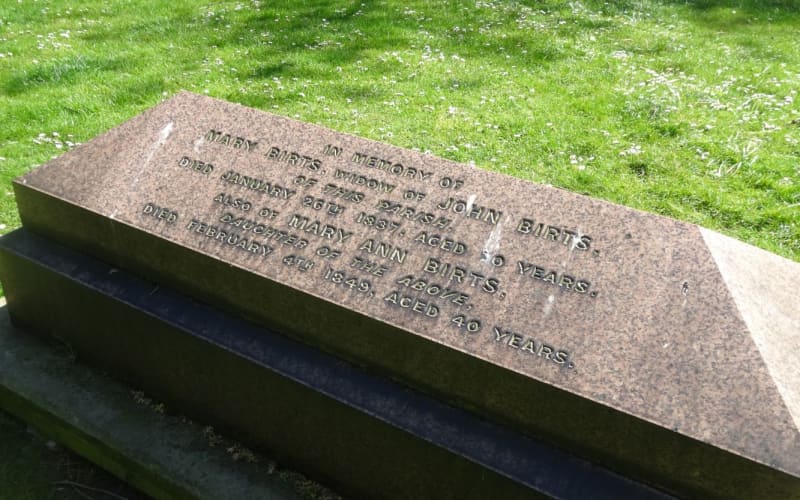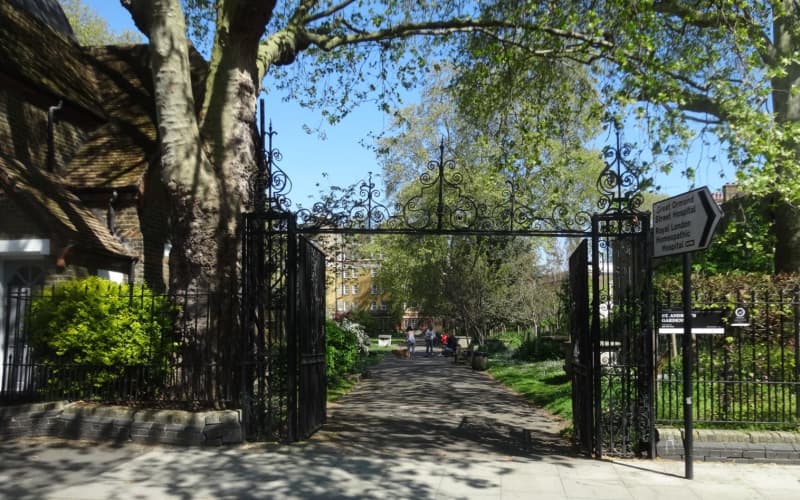Want ideas for parks to explore? Sign up here to our newsletter.
St Andrews Gardens
A formal garden in Camden • Corner Gray's Inn Road & Wren St, WC1X 0HD
St Andrew's Gardens is a wonderfully relaxed park with a natural, unmanicured feel. The gardens team with greenery, an intended wildflower meadow (which at the moment needs attention) and even some fruit trees. Sunlight dapples its way through, yet the gardens offer shade when needed. The grounds of St Andrew's Gardens were consecrated in 1754 as an offsite burial ground for the Parish of St Andrew's Holborn. It closed for burial in 1850 and was reopened by Lady John Manners as a public garden in 1885. A plaque commemorating its opening can be found when entering the gardens from the Trinity Court Gate. There are still gravestones and tombs on site, with the likes of the genius influential poet, Thomas Chatterton +18yrs, finding his final resting place in St Andrew's Gardens after he was reinterred from the pauper's graveyard in Shoe Lane when it closed. John Hilder, landscape painter and others from this family, John Whitehurst, clockmaker, scientist and geologist were amongst those laid to rest in St Andrew's Gardens. Where the Art Deco building of Trinity Court now stands stood the Church of Holy Trinity. This Church, designed by Sir James Pennethorne, was built in 1837 and seated 1500 people. It closed in 1928. St Andrew's Gardens has 3 magnificent wrought iron and listed Entrance Gates. It has wonderful examples of the famous London Plane tree, an ancient Weeping Ash and a breathtaking example of a Ceanothus in one of the central plantations.
Who you will find in St Andrews Gardens
Friends of St Andrew's Gardens
Caring
The organisation with legal responsibility for St Andrews Gardens is Camden Council. Their website for the park is
St Andrews Gardens is managed and maintained by Camden Council.
GoParks London Newsletter
Do you see any mistakes or problems on this page? If so please let us know here
[OS_Ca_0176]
